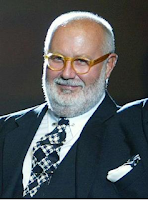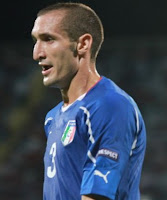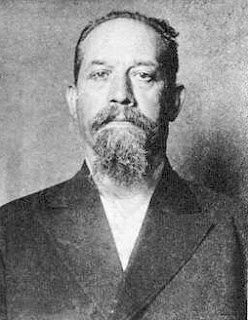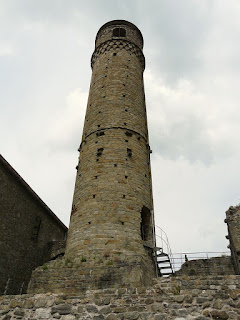Francesco Zuccarelli - landscape painter
Tuscan-born artist appealed to English tastes
Francesco Zuccarelli, who was considered to be the most important landscape painter to emerge from Venice in the 18th century, was born on this day in 1702. Zuccarelli’s picturesque Arcadian landscapes were especially appealing to English buyers, and he was more famous in England even than his contemporary, Canaletto. His fame in England prompted Zuccarelli to spend two periods of his life there. He settled in London for the first time at the end of 1752 and remained for 10 years, enjoying great success. After returning to Italy after being elected to the Venetian Academy, he went back to England from 1765 to 1771, during which time he was a founding member of the Royal Academy and became one of George III’s favourite painters. Born in Pitigliano, a medieval town perched on top of a tufa ridge in southern Tuscany, Zuccarelli received his early training in Florence, where he engraved the frescoes by Andrea del Sarto in SS Annunziata. Zuccarelli’s father Bartolomeo owned several local vineyards. With considerable income at his disposal, he sent Francesco to Rome at the age of 11 or 12. Read more…
________________________________________________________________
Carlo Cipolla - economic historian
Professor famous for treatise on ‘stupidity’
Carlo Maria Cipolla, an economic historian who for many years was a professor at the University of California, Berkeley and taught at several Italian universities, was born on this day in 1922 in Pavia. He was one of the leading economic historians of the 20th century and wrote more than 20 academic books on economic and social history but also on such diverse subjects as clocks, guns and faith, reason and the plague in 17th century Italy. Yet it was for his humorous treatise, The Basic Laws of Human Stupidity, that he became famous. The book, written very much tongue in cheek, became a bestseller in Italy after it was published in 1976. In it, Cipolla produced a graph that divided the human species into four types, each sharing one characteristic of another type. He proposed that there are (a) bandits, whose actions bring benefits for themselves but losses for others; (b) intelligent people, whose actions bring benefits for themselves and for others; (c) naive or helpless people, whose actions bring benefits for others but who tend to be exploited and therefore incur losses for themselves; and (d) stupid people, whose actions result not only in losses for themselves but for others too. Read more…
_________________________________________________________________
Gianfranco Ferré - fashion designer
Sought to create clothes for real women
Gianfranco Ferré, who became one of the biggest names in Italian fashion during the 1980s and 1990s, was born on this day in 1944 in Legnano, a town in Lombardy north-west of Milan, between the city and Lake Maggiore, where in adult life he made his home. Ferré was regarded as groundbreaking in fashion design in the same way as Chanel and Yves Saint Laurent in that his clothes that were created with real people rather than catwalk models in mind, yet without compromise in terms of aesthetic appeal. At the peak of his popularity, his clients included Sharon Stone, Elizabeth Taylor, the Queen of Jordan, Paloma Picasso, Sophia Loren and the late Diana, Princess of Wales. Ferré first trained to be an architect, placing emphasis on the structure of his garments in which strong seams were often a prominent feature. He was once dubbed the Frank Lloyd Wright of fashion, which was taken to be a reference to the powerful horizontals in his designs. His staff addressed him as "the architect". He was also well known for inevitably including variations of white dress shirts in his collections, adorned with theatrical cuffs or multiple collars. Read more…
Home

























